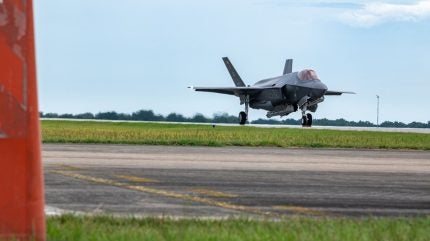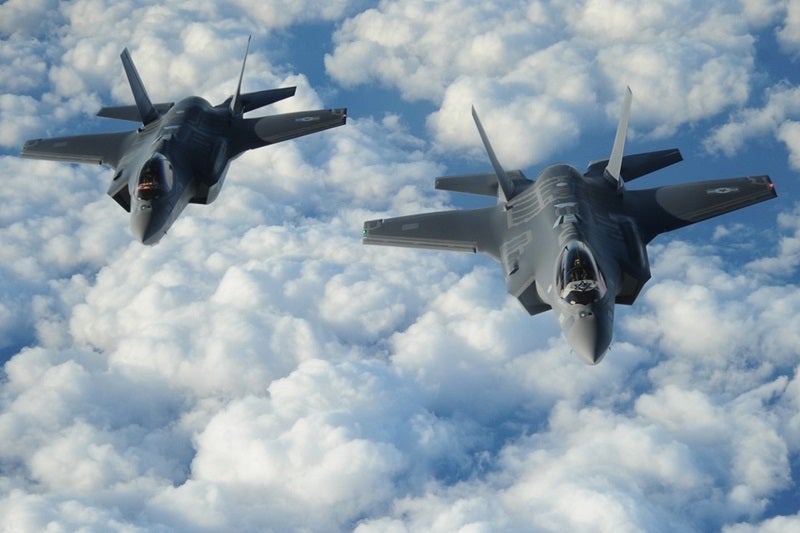
Lockheed Martin has reached about 90% of the Technology Refresh-3 (TR-3) software and hardware upgrade for the F-35 Lightning II but the prime is nearly back on track to delivering the full capability after some delays.
The aerospace prime began deliveries of the first TR-3 configured F-35s on 19 July 2024. At the time, the company said it expected to produce at a rate of 156 units per year thereby delivering between 75 and 100 aircraft in the second half of 2024, primarily in the new TR-3 configuration.
These expectations were stymied by supply concerns and enduring technical issues. As a result, the company released a truncated version of the TR-3 configured aircraft since August. Although, this comprises a training capability as opposed to the full capability.
Now the company aims to deliver the full capability over the next 12 to 18 months, Gary North, vice president for customer requirements, Lockheed Martin, confirmed.
He added that all of the prime’s hardware suppliers were late to deliver hardware systems which “exposed several things” in its supply chain including, it was noted in passing, the “Covid hangover.”
These details were relayed to a gathering of global combat air specialists – many of whom operate the world’s most sophisticated fighter jet – during the International Fighter Conference, hosted by DefenceiQ, in Berlin on 6 November 2024.
F-35 modernisation issues
TR-3 provides software and primarily hardware upgrades that improves the computational power needed to support Block 4 capabilities on F-35 aircraft.
“This is the most ambitious upgrade of a fighter that’s happened in history,” the speaker noted, and it has been “harder than we expected.”
More than 80 major upgrades come under Block 4 modernisation. The programme will improve the platform’s sophisticated sensor suite and electronic warfare capabilities, the interconnectivity, and increase capacity to carry more weapons at the same time.
Originally due to be completed in 2026 and determined to cost $10.6bn, the Block 4 programme has risen to $16.5bn and is now estimated to conclude in 2029. The US Government Accountability Office found there to be a lack of clarity with the timeline for the programme, already having voiced concern in May 2023.
Problem of sustainment looms over future conflict
The global security environment is growing more unstable. The US and its allies will soon confront adversaries in different theatres around the world before the end of the decade. As part of their new force posture for peer-on-peer conflict with Russia in Eastern Europe and China in the Indo-Pacific there is a new demand for a range of military equipment and resources.
A significant demand is placed on aircraft parts which the former commander, US Air Combat Command, General Mark Kelly, said has increased tenfold in this new era of strategic competition.
In his conference update, North pointed to Israel, a country that purchased 25 more F-35s for a new squadron in June, as an example of the growing flying times combatants face in modern conflict.

“Israel has been engaged in significant combat operations since the 7 October. What they’ve done on the airplane is truly amazing but I want to focus on the maintenance of the aircraft.
“They have been flying at five times their normal sortie rates [and] normal flying colors, and the average mission capable rate of those airplanes during that time period has been at 88% which shows that the global sustainability system, when properly fed, is able to keep those airline admission gateways that allows combat operations.”



